Why visit Luxembourg?
Which European nation, just 84km long, rates among the world’s three richest countries? Remarkably the answer is Luxembourg. That’s some achievement given its wholesale destruction during WWII, a sad history remembered in war museums across the country. The country’s economic miracle started with steel but is now based particularly on banking; Belgians joke that visitors only go there to get their money out. The capital has a fairy-tale quality to its UNESCO-listed historic core, dramatically balanced on a once-impregnable cliff top. Beyond, you will rapidly find yourself in rolling part-forested hills where a sequence of enticing villages each form attractive huddles beneath medieval castles. Then there is all the fun of the fizz in Moselle wine country and some loveable walks to take in the pretty micro-gorges of Müllerthal. All in all, this little country has plenty of surprises.
What does Luxembourg bring in mind?
Grund
An impossibly picturesque little neighborhood, the Grund is deep down in the gorge, and some of the stone houses are built directly into the rock faces. Highlights include a fifteenth-century bridge, ancient stone fortifications, terraced gardens and vineyards, a satisfying assortment of pubs and restaurants, a miniature golf course and a miniature train, and acres upon acres of parkland.
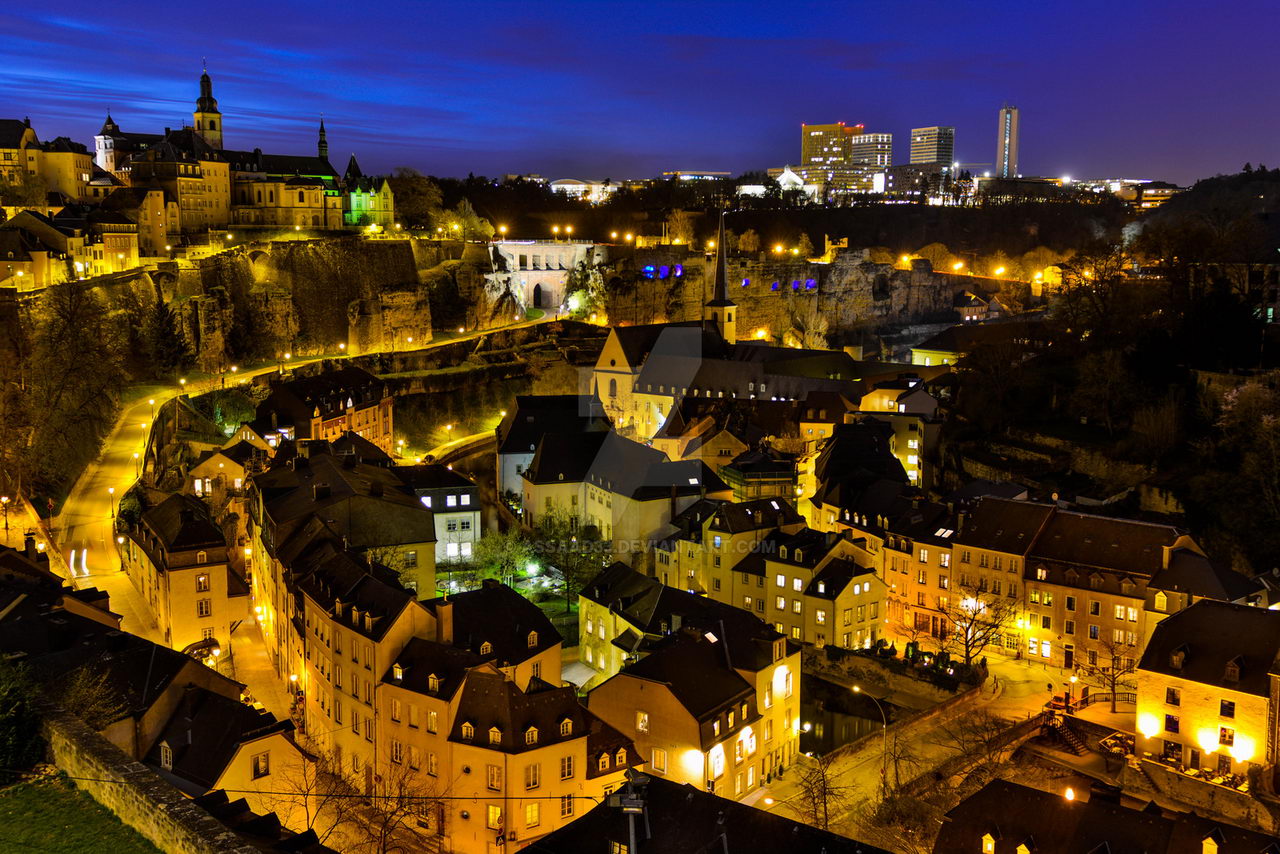
|
The Bock and Casemates The massive rock outcropping called Le Bock that forms the east side of the haute ville is a UNESCO World Heritage site. First fortified during the Roman Empire, it is excavated with a vast network of tour-able tunnels (casemates) in which the populace could hide during wars and sieges. |
 |
Le Chemin de La Corniche
This pedestrian walkway was built on the ramparts along the east side of the fortress-city. La Corniche is nicknamed "Europe’s most beautiful balcony."
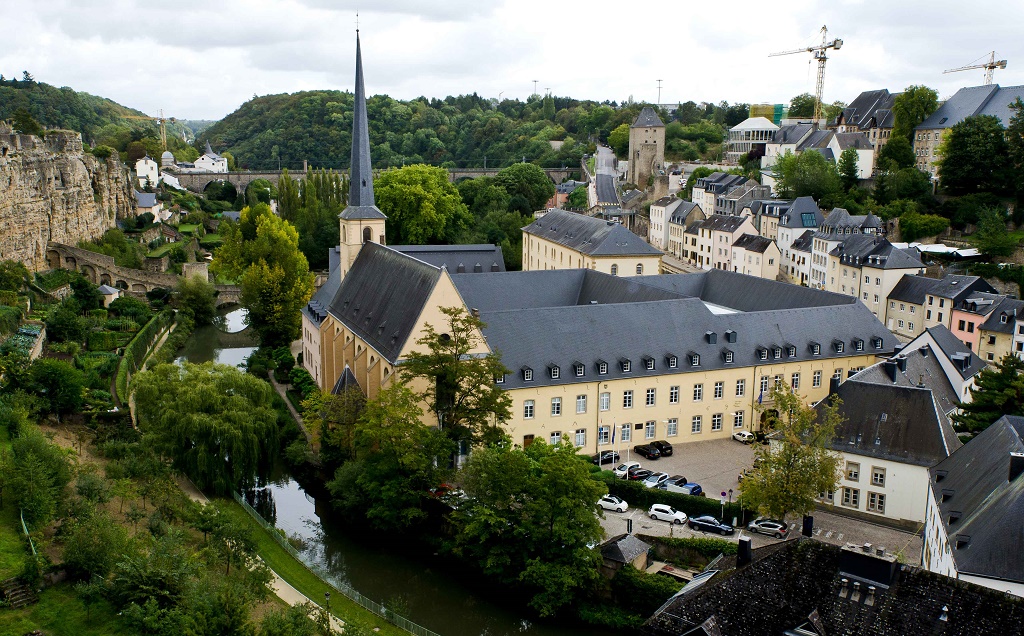
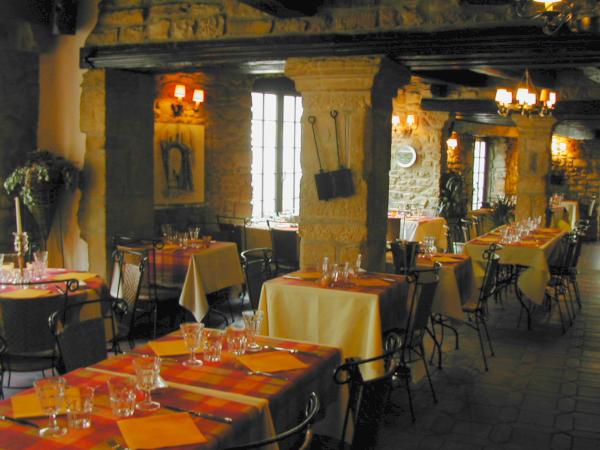 |
Ilôt Gastronomique The beautiful old building called am Turchen ("the Turret") now houses Ilôt Gastronomique (rue de l’Eau), a vertical mall housing half a dozen restaurants, ranging from good to great. The national motto, on the wall facing rue de la Loge, translates as: "We want to remain what we are." |
The Grand Duke’s Palace
The monarch spends most of his nights in his country castle, but The Grand Duke’s Palace is his official home, smack-dab in the middle of town and open for tours in summertime.
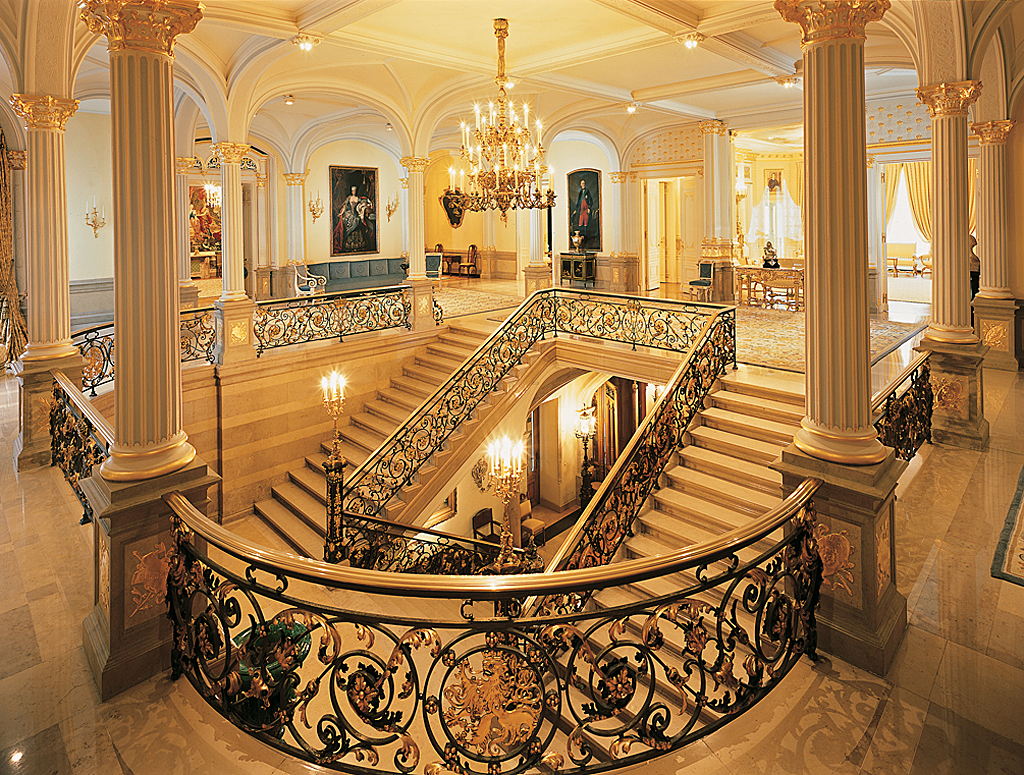
|
St. Michael’s Church A church on this site (Rue Sigefroi) was consecrated in 987. That building was destroyed by bombardment (Luxembourg was often bombarded) in 1684, then beautifully rebuilt in the Gothic style. |
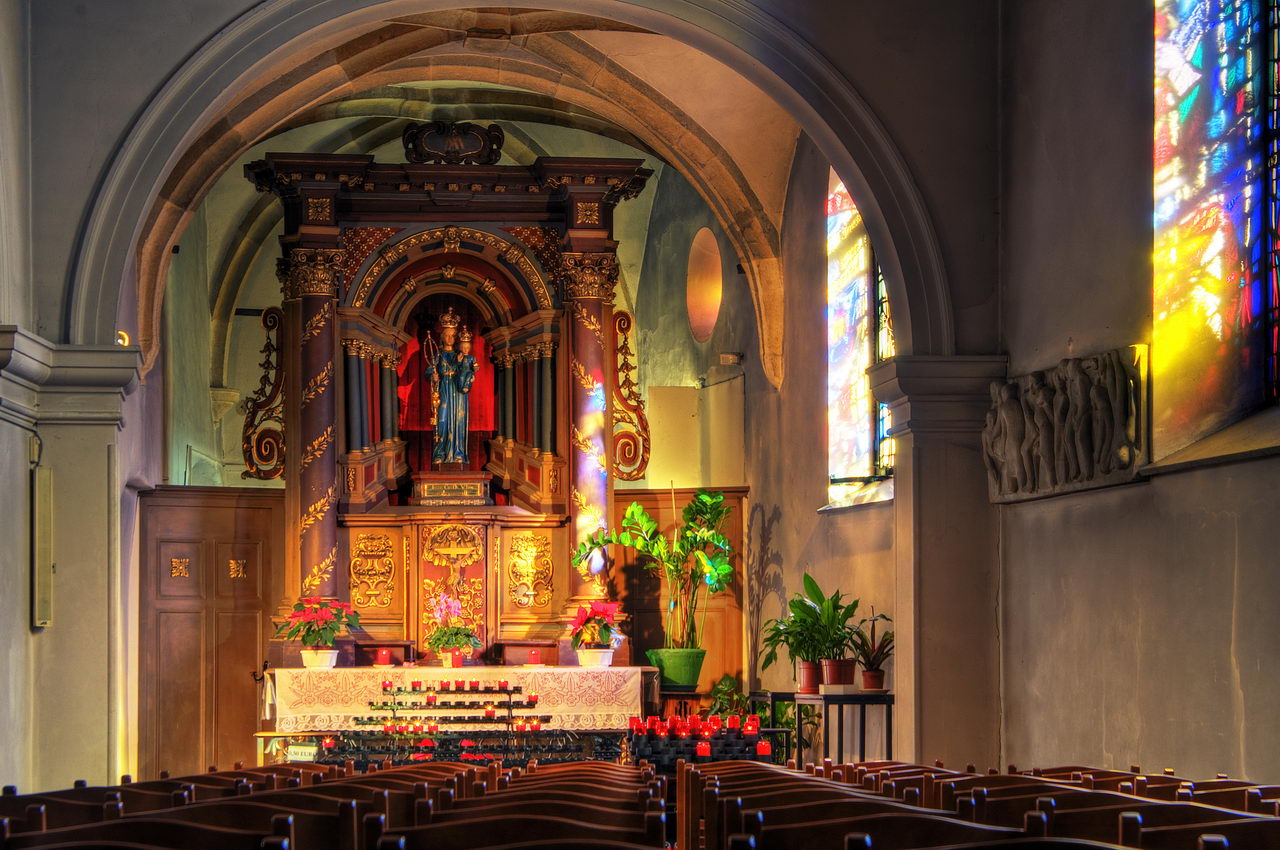 |
 |
Vianden Castle A tour through Vianden Castle’s rooms, terraces, and grounds offers not only a glimpse into a millennium’s worth of history (with a particularly strong collection of weapons), but also striking views of the town and countryside. |
The Grand Duke’s Official Birthday Celebration in Luxembourg City
The monarch’s birthday on June 23 is the single biggest celebration of the year, and the best day to be in Luxembourg. It is also two days after the longest daylight of the year, so the fireworks that begin with nightfall are, essentially, a midnight interruption to a very long, very jubilant party.
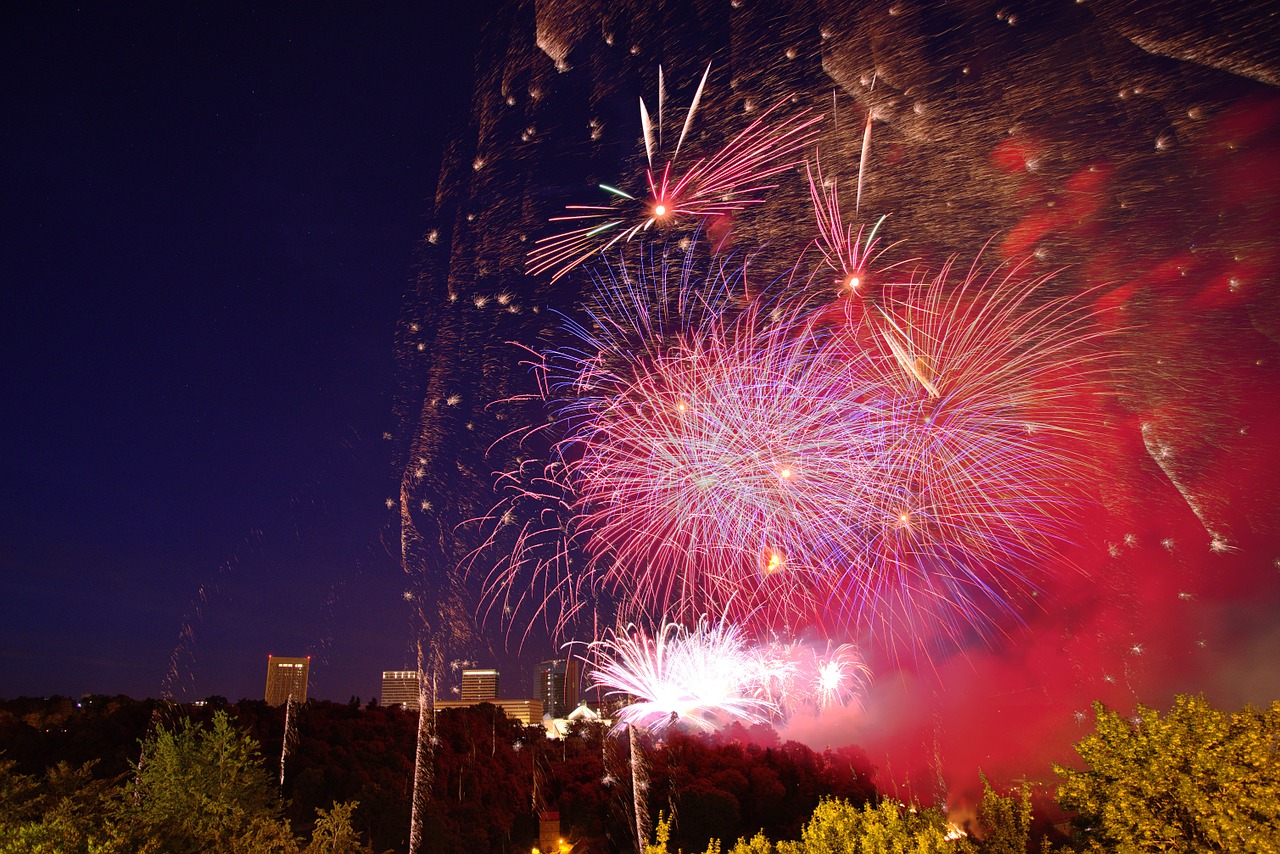
Things you shouldn’t miss in Luxembourg
-
Palais Grand-Ducal in Luxembourg City was the original residence for the royal family but is now just for formal receptions and the Grand Duke’s office. It is an amazing piece of architecture.
-
Luxembourg City History Museum is a very well put together museum reflecting the history of Luxembourg, with a cool elevator that is like a small room that travels from floor to floor.
-
Café des Artistes is an old, nostalgic café built in 1968 in Old Town of Luxembourg City. Wonderful, cozy café to relax in with live music from an old piano to add to the ambience. Great fun!
-
Casemates du Bock is a rich, historical site with a narrow staircase and many passageways that offers great vies of the city.
-
Notre Dame Cathedral is the famous Jesuit cathedral built in the 17th century with amazing pillars and works of art. A definite must-see when in the country.
-
Passerelle Viaduc is a historic bridge that offers some picturesque vies of the city. A walk that is well worth the effort, with places marked for the best photo opportunities.
-
Castles are a big part of Luxembourg, and the Chateau de Vianden in the city of Vianden is one of the most beautiful ones you will find. Having been restored, you have a chance to see old artifacts and how life was then.
-
Pettingen Castle in Mersch is one that has not been restored, and the ruins are well preserved. Inside the walls is a great place to relax and enjoy.
-
The Abbey of Echternach is an amazing, rebuilt church in the middle of the city that you must see. Also, while in Echternach, be sure to sample some of the delicious local ice cream.
-
Mullerthal Trail in Mullerthal is a beautiful place to hike. There are lakes, waterfalls, awesome rock formations and amazing terrain. An easy hike that will be well worth the time.
Top cities of Luxembourg
Luxembourg City

If you thought that the Grand Duchy's capital was nothing more than banks and EU offices, you will be delighted at discovering the attractive reality. Yes, the Kirchberg district does have plenty of faceless shiny glass corporate architecture. But the UNESCO-listed Old Town is an unexpected gem, thanks largely to its unusual setting, draped across the deep gorges of the Alzette and Pétrusse rivers.
Esch-sur-Alzette

Cosmopolitan city with a lively past, Esch-sur-Alzette is well-known for its architectural charms (the architects Violet le Duc, Joseph Stübben, Gottfried Böhm and Peter Rice have worked here) and its large shopping facilities. The second largest town of the country lies at 17 km from the capital city, where a choice of cultural attractions awaits the visitors: the National Museum of the Resistance, the metallurgical factories, Berwart tower, monuments, architectural walk in the city centre, Belvédère, parks (Stübben), St. Joseph's church, grotto of O.L. of Lourdes, city hall, local theatre with programs meeting everyone's taste, art galleries, libraries, music conservatory and numerous events well- known far beyond the border.
Vianden
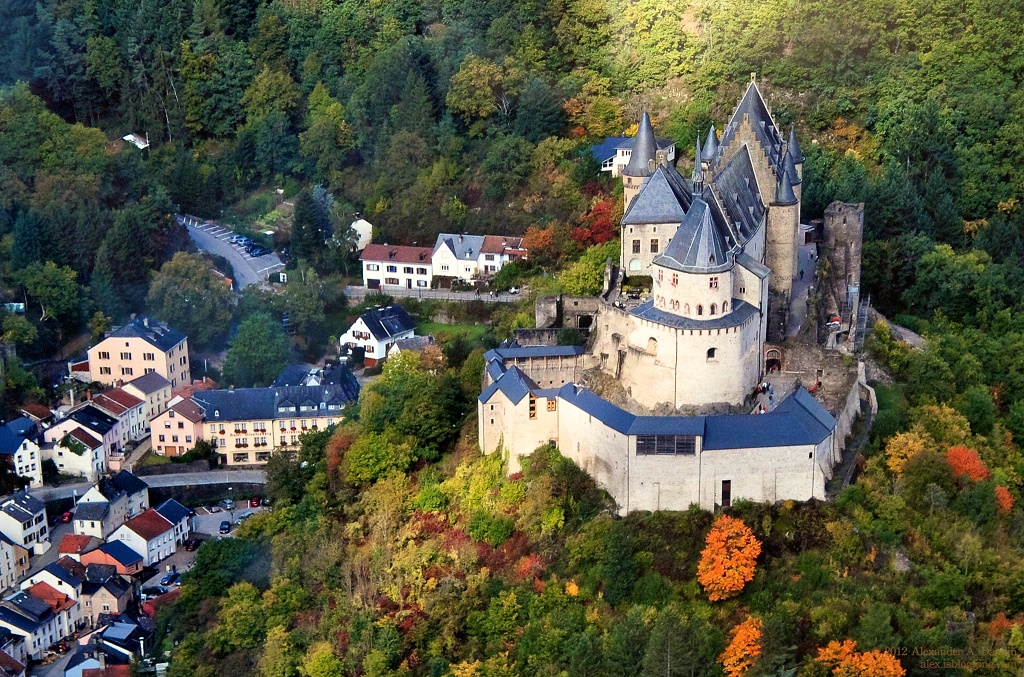
At first glance it is hard to tell just what it is that towers so grandly amid the mists and wooded hills above historic little Vianden. In fact, it is a castle complex whose unconquerable white stone walls glow golden in the evening’s floodlights, creating one of Luxembourg’s most photogenic scenes. Vianden’s appealing old town is essentially one road, the cobbled Grand Rue that rises 700m to the castle gates from a bridge across the River Our. Newer sections of town follow the riverbanks in either direction. On weekend afternoons in summer, Vianden can get overloaded with noisy fleets of motorcycle tourists. But get up early and you will have the whole town largely to yourself.
Echternach
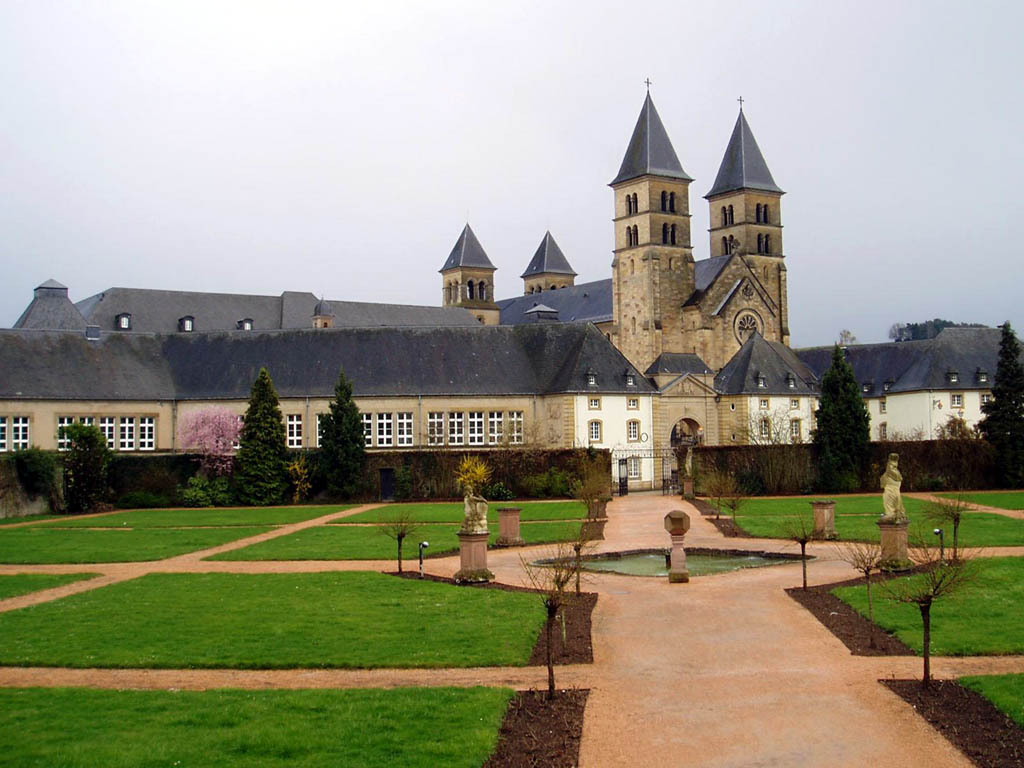
A fine base for hiking and biking, Echternach also sports Luxembourg’s prettiest town square, its holiest basilica-church and it's most internationally famous folkloric festival. Site of a 1st -century Roman villa, Echternach passed to the Merovingian kings, who in turn presented the area to Northumbrian missionary St-Willibrord who founded a church here in AD 698.
Culture packages
Entering this website you automatically agree the following terms and conditions even if You are not a registered user of the site. Images shown on the website, country and travel specifications, as well as the webdesignes are subject to copyright protection, Elegant Enterprises are All rights reserved. Prohibited the website all or partial copy, store, use, distribution and sale, without the written consent of the copyright owner of this website (Elegant Enterprises)